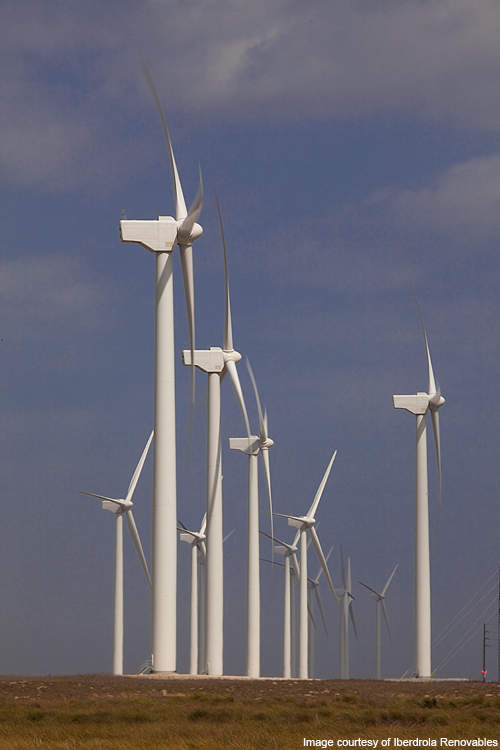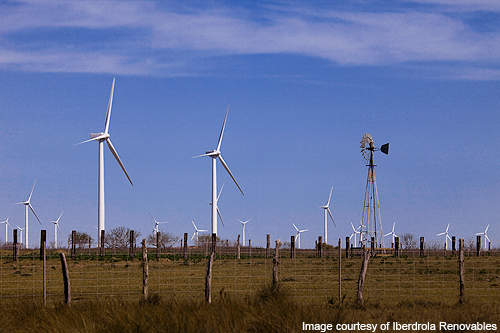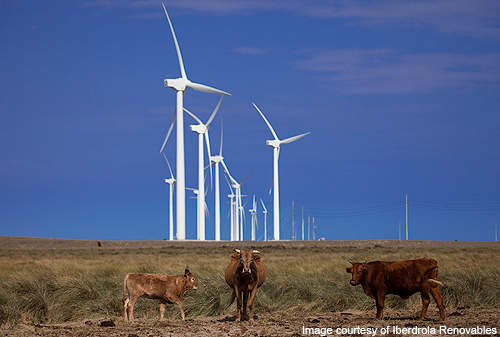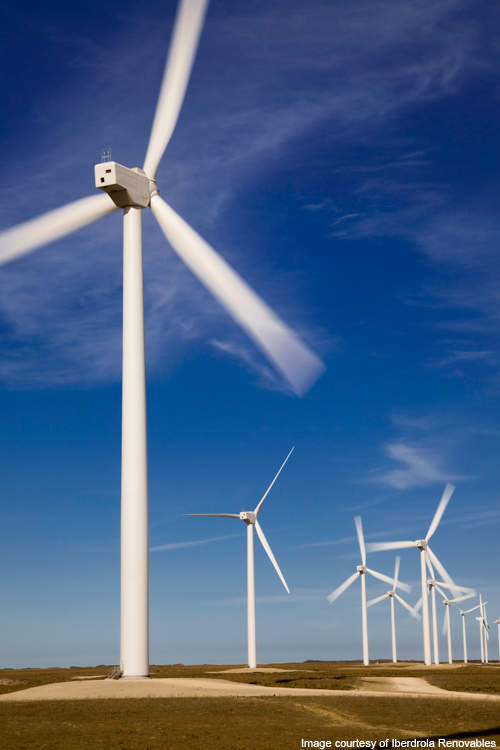Penascal Wind Farm (PWF) is the largest onshore wind power plant in the world. It is built on 300 acres of private land in Kenedy County, Texas. The plant is operated by Spanish company Iberdrola Renovables. The PWF has an installed capacity of 404MW, which meets the electricity consumption requirements of 150,000 families.
The PWF project cost $440m of which $114m stimulus funds were received from the US Treasury Department in September 2009.
The project employs 20 full-time workers to maintain and operate the wind farm. It created 200 local jobs during construction.
Penascal Wind Farm construction
The PWF comprises two wind farms, Penascal I and Penascal II. Each wind farm produces 202MW. The construction of Penascal I began in December 2008 and was completed in April 2009. Development on the project was stopped for a few months after completion of Penascal I due to financial shortfall. The engineering procurement and construction (EPC) contract for Penascal II was awarded to Mortenson Construction Renewable Energy Group in January 2010. The contract includes construction of the 202MW Penascal II Wind Farm as well as maintenance of the plant. Penascal II became fully operational in April 2010.
Plant details
The PWF is installed with 168 MHI 92 wind turbines, 84 each to Penascal I and II, supplied by Mitsubishi. Each turbine can generates 2.4MW of electricity. The turbines are 80m tall.
The rotor fitted in the tower can rotate with a minimum speed of 3m/s. Its nominal wind speed is 12.5m/s.
The rotor diameter of the turbine is 92m and its nominal power is 2400kW. The power density of the MHT 92 is 2.77m²/kW.
The PWF is the first plant installed with radar technology developed by Florida- based DeTect. The radar identifies migratory birds approaching the tower and shuts down the turbines during poor visibility.
Technology
The MHI 92 wind turbine is equipped with low and high speed shafts, gear box, generator, controller, brake, blade bearing, main bearing, nacelle bed plate, transformer, inverter and an anemometer.
The anemometer captures the wind and assesses it speed. It transfers this data to the controller.
The controller turns on the generator when the wind speed ranges between 8 and 16 mph.
It switches it off if the speed is more than 55mph as high speed winds may damage the system.
The generator absorbs the kinetic energy present in the wind and converts it to electrical energy.
Distribution
The power produced by the PWF is supplied to CPS Energy of San Antonio and the South Texas Energy Cooperative (STEC) under a 15-year sales contract.
The entire complex can supply electricity to 150,000 homes (80,000 homes by Penascal I and 70,000 by Penascal II). Approximately 120,000t of CO2 is saved each year through usage of the wind farm.
Texas power market
Texas generates the most wind power in the US. About 2,800MW capacity was installed in the US during early 2009. Texas has installed capacity of 9,410MW of energy from 40 wind farm projects. The expanding wind power market is expected to enable Texas to produce approximately 5,000MW of power through renewable sources by 2015.







